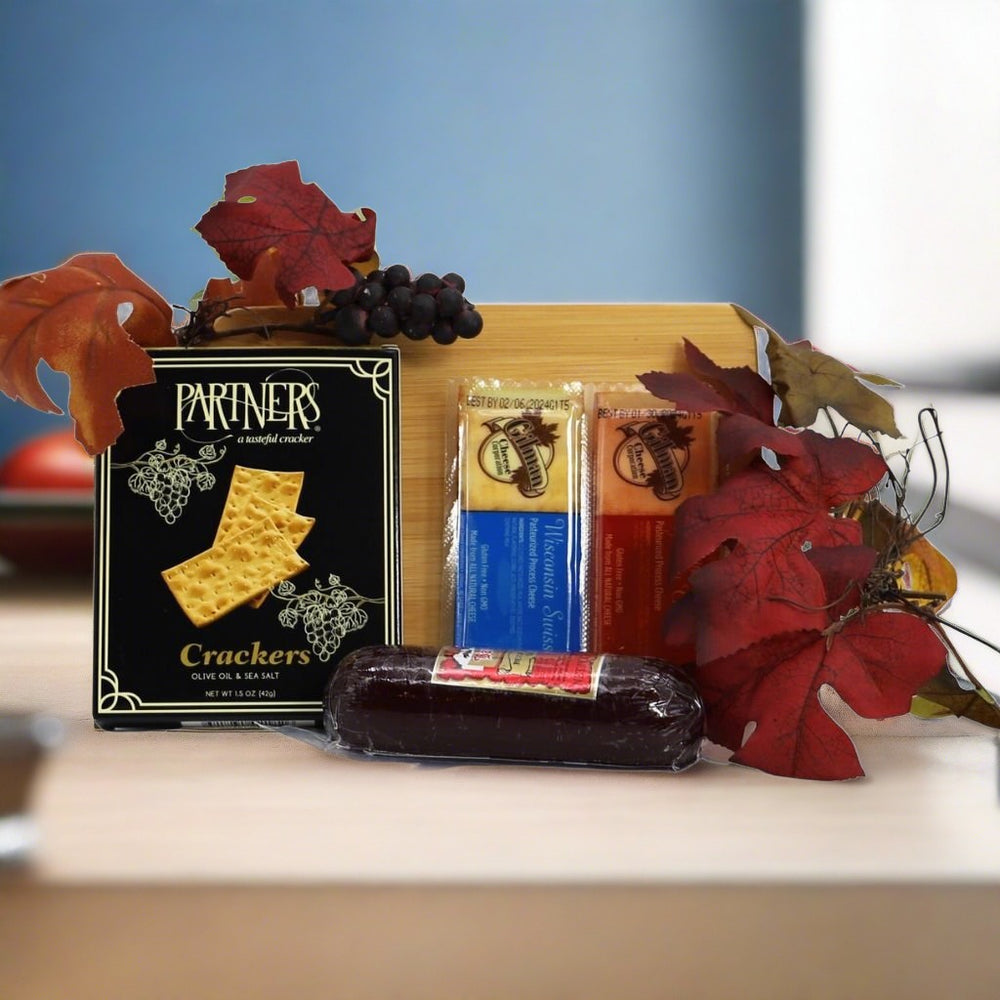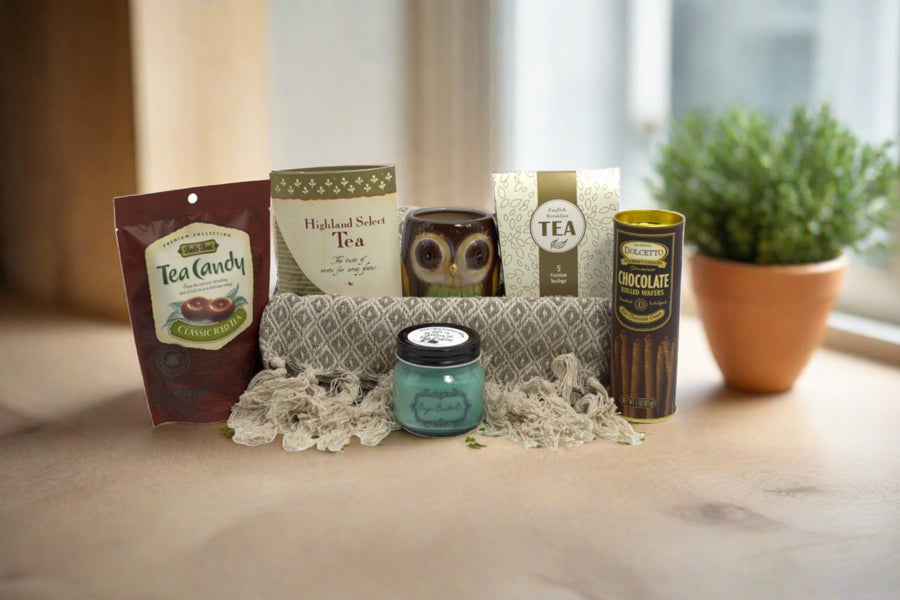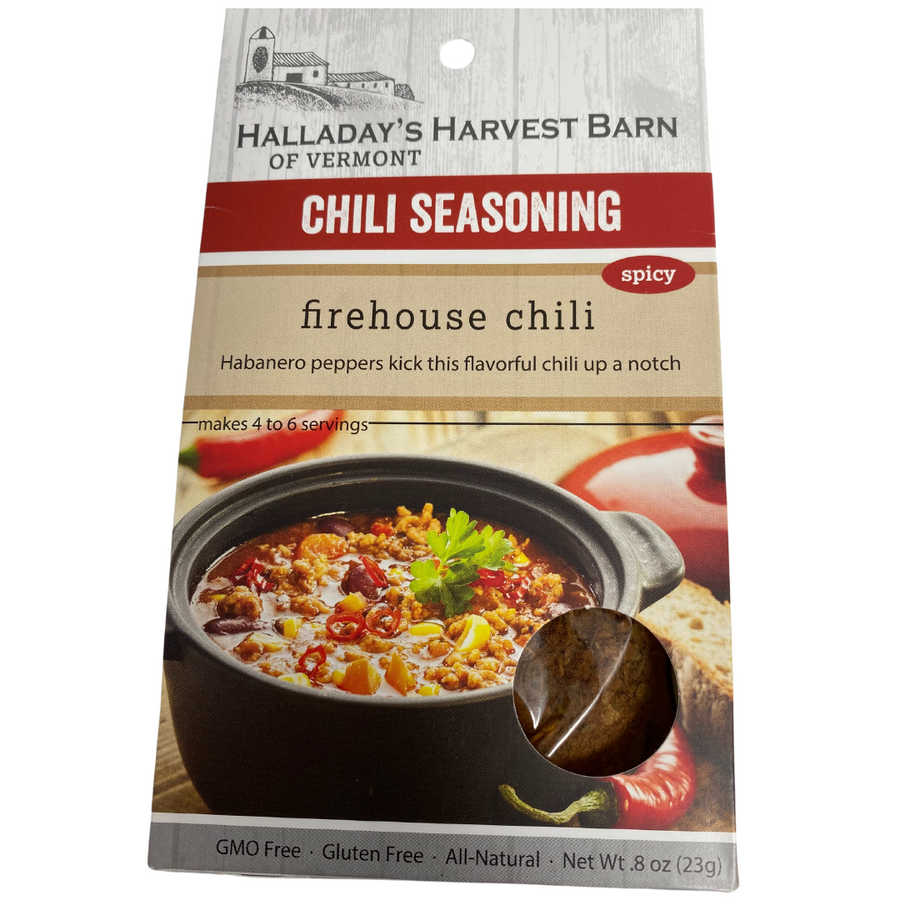The Evolution of Hamburgers
From humble beginnings to gourmet delights, hamburgers have come a long way in the culinary world. This article explores the evolution of hamburgers and how they have transformed from simple cheeseburgers into sophisticated culinary creations.
Once considered a fast food staple, the classic cheeseburger has captivated the hearts and taste buds of people around the world. However, in recent years there has been a shift towards gourmet burgers that are made with premium ingredients. From brie and truffles to caramelized onions and sriracha mayo, there seems to be no limit to the creativity of burger chefs.
But it's not just the ingredients that have evolved – the cooking techniques have too. While grilling remains a popular method, many chefs now experiment with alternative methods such as sous vide and smoking.
Whether you're a fan of the traditional cheeseburger or you crave the latest gourmet creation. It's safe to say that burgers have become an art form in their own right. So, prepare to indulge as we take a bite into the fascinating world of hamburger evolution.
The History of Hamburgers
The history of hamburgers can be traced back to the 19th century. Although its origins are somewhat disputed. Legend has it that in 1900, a customer requested a quick meal that he could eat on the go. Prompting Lassen to place a ground beef patty between two slices of bread. This simple creation soon gained popularity and gave birth to the classic hamburger.

However, it is worth noting that ground meat patties have been consumed in various cultures throughout history. The Mongols, for example, are said to have eaten ground meat patties made from horse or camel meat. Similarly, the ancient Romans enjoyed a dish called "isicia omentata," which consisted of ground meat mixed with pepper, wine-soaked bread, and various spices.
Regardless of its origin, the hamburger quickly gained popularity in the United States and became a staple of American cuisine. In the early 20th century, the hamburger began to appear on menus at diners and drive-ins across the country. Cementing its status as a beloved American food.
Classic Cheeseburgers and Their Popularity
The classic cheeseburger, with its simplicity and irresistible combination of flavors, has stood the test of time. A juicy beef patty topped with melted cheese, crisp lettuce, ripe tomatoes, and tangy pickles, all sandwiched between a soft bun - it's a winning formula that has delighted generations.
Fast food chains such as McDonald's and Burger King played a significant role in popularizing this iconic dish. With their standardized menus and efficient service, these chains made the cheeseburger a convenient and affordable option.
The classic cheeseburger also became a symbol of American culture. It represented the ideals of convenience and indulgence. And its presence at backyard barbecues and Fourth of July celebrations became a tradition. It became a comfort food that people of all ages could enjoy. Whether they were dining at a fast food joint or grilling in their own backyard.
The Rise of Gourmet Hamburgers
In recent years, there has been a noticeable shift towards gourmet hamburgers that push the boundaries of creativity and flavor.
Chefs around the world have embraced the challenge of reinventing the burger. Experimenting with different types of meat, seasonings, and toppings. From Kobe beef and wagyu to bison and venison, the choice of meat has expanded beyond traditional ground beef. This allows for a wider range of flavors and textures, appealing to the adventurous palates of burger enthusiasts.
But it's not just the meat that has seen innovation. Toppings have also become more diverse and imaginative. Caramelized onions, truffle aioli, blue cheese, avocado, and even fried eggs are just a few examples of the gourmet toppings that have become popular in recent years.
To create a truly gourmet experience, chefs have also experimented with cooking techniques beyond traditional grilling. Sous vide, a method that involves cooking the meat in a vacuum-sealed bag at a controlled temperature, has gained popularity. Smoking, on the other hand, infuses the meat with a smoky flavor that adds a unique dimension to the overall taste.

Unique and Creative Burger Toppings
One of the key elements that sets gourmet burgers apart is the wide range of unique and creative toppings that chefs use to enhance the flavor profile. Gone are the days when a slice of cheese and a dollop of ketchup were considered sufficient. Today, burger enthusiasts can choose from an array of toppings that range from the indulgent to the unexpected.
One popular gourmet topping is caramelized onions. These onions are cooked slowly over low heat until they become sweet and tender. Adding a rich and savory flavor to the burger. Another favorite is blue cheese, which provides a tangy and creamy contrast to the richness of the meat. For those who enjoy a bit of heat, sriracha mayo or jalapenos can be added to give the burger a spicy kick.
In recent years, there has also been a surge in the popularity of sweet and savory combinations. Burgers topped with bacon and maple syrup, for example, offer a tantalizing mix of salty and sweet flavors. Similarly, the addition of fruit, such as pineapple or mango, can provide a refreshing and unexpected twist.
For the adventurous eaters, chefs have even started incorporating unusual ingredients into their burger creations. Truffle aioli, for instance, adds a luxurious and earthy flavor, while foie gras brings a decadent richness. These unique toppings not only enhance the taste of the burger but also provide a sense of excitement and novelty for those seeking a culinary adventure.
Regional Burger Variations Around the World
While the classic cheeseburger may be the most well-known variation, burgers have taken on many regional forms around the world. Each culture puts its own twist on this beloved food, resulting in a diverse range of flavors and ingredients.
In Australia, the classic burger is often topped with a slice of beetroot, fried egg, and pineapple. This combination adds a sweet and tangy element to the burger, creating a unique flavor profile that is distinctly Australian. In Japan, the "yoshoku" burger is a popular fast food item that features a beef patty topped with a fried egg, lettuce, and a tangy sauce.
In Mexico, the "torta" is a popular street food that takes inspiration from the American burger. It typically consists of a meat patty topped with avocado, salsa, and various other ingredients, all served on a soft bun. The result is a flavorful and satisfying burger with a Mexican twist.
In India, the "vada pav" is a vegetarian burger that is made with a spicy potato patty, topped with chutney, and served on a bun. This street food favorite is both flavorful and filling, offering a unique taste experience for those who prefer plant-based options.
These regional variations highlight the adaptability and versatility of the burger. It has become a canvas for culinary creativity, allowing chefs from different cultures to infuse their own flavors and traditions into this beloved dish.

The Impact of Fast-Food Chains on the Burger Industry
It is impossible to discuss the evolution of hamburgers without acknowledging the significant impact of fast-food chains. Companies like McDonald's, Burger King, and Wendy's revolutionized the way burgers were consumed. And introduced the concept of fast food to the world.
Fast-food chains played a crucial role in popularizing the classic cheeseburger and making it accessible to a wide audience. Through their standardized menus, efficient service, and aggressive marketing campaigns, these chains made the cheeseburger a symbol of convenience and indulgence. They introduced drive-thru windows, allowing customers to satisfy their burger cravings without leaving the comfort of their cars.
In addition to their influence on the popularity of the classic cheeseburger. Fast-food chains have also been instrumental in shaping the perception of what a burger should be. The iconic Big Mac and Whopper, for example, have become synonymous with the fast-food experience. These chains have set the standard for what consumers expect from a burger, both in terms of taste and presentation.
However, the dominance of fast-food chains has also been met with criticism. Their emphasis on speed and efficiency often comes at the expense of quality and nutrition. In recent years, there has been a growing demand for healthier alternatives to traditional fast food. Leading to the rise of gourmet burger establishments that prioritize quality ingredients and creative flavors.
The Growing Trend of Plant-Based Burgers
As concerns about the environmental impact of meat production and animal welfare continue to rise, there has been a growing trend towards plant-based burgers. These burgers are made from a combination of plant-based proteins, such as soy, peas, or mushrooms. And are designed to mimic the taste and texture of a traditional beef burger.
The popularity of plant-based burgers can be attributed to several factors. Firstly, they offer a more sustainable alternative to traditional meat burgers. Producing plant-based proteins requires fewer resources and generates fewer greenhouse gas emissions compared to raising livestock for meat. This makes plant-based burgers a more environmentally friendly choice for those who are conscious of their carbon footprint.
Secondly, plant-based burgers appeal to a wider range of dietary preferences and restrictions. They are suitable for vegetarians and vegans, as well as those who follow a gluten-free or lactose-free diet. This inclusivity makes plant-based burgers a versatile option that can be enjoyed by a diverse range of people.
Lastly, the advancements in plant-based meat alternatives have made it possible to create burgers that closely resemble the taste and texture of beef. Companies like Beyond Meat and Impossible Foods have developed plant-based patties that sizzle on the grill, bleed like real meat, and offer a similar mouthfeel. This has made the transition to plant-based burgers more appealing for those who are reluctant to give up the taste of meat.
The Future of Hamburgers: Technological Advancements and Sustainability
As we look to the future of hamburgers, it is clear that technology and sustainability will play a significant role. Advancements in food science and technology have already made it possible to create plant-based burgers that closely resemble the taste and texture of meat. This trend is likely to continue, with further improvements in taste, texture, and nutritional profile.
Additionally, sustainability will become an increasingly important consideration in the burger industry. This could involve sourcing meat from regenerative farms or exploring alternative protein sources that have a lower carbon footprint.
Technological advancements may also revolutionize the way burgers are prepared and served. 3D printing, for example, has the potential to completely change the way we think about food production. It could allow for the creation of customized burgers with intricate designs and flavors, offering a unique dining experience for consumers.
Furthermore, the rise of automation and robotics in the food industry could streamline the burger-making process, making it more efficient and cost-effective. This could lead to the proliferation of automated burger kiosks or even robotic chefs that can prepare gourmet burgers with precision and consistency.
Conclusion: The Enduring Appeal of Hamburgers
In conclusion, the evolution of hamburgers from classic cheeseburgers to gourmet delights is a testament to the creativity and innovation of chefs around the world. From humble beginnings as a street food staple, the hamburger has become a beloved and iconic dish that transcends cultures and borders.
The enduring appeal of hamburgers lies in their ability to adapt and evolve with the changing tastes and preferences of consumers. Whether it's the classic cheeseburger that brings back fond childhood memories or the gourmet creation that offers a culinary adventure, there is a burger for every palate.
As we continue to push the boundaries of culinary creativity, it will be fascinating to see how the burger industry continues to evolve. From technological advancements to sustainability initiatives, the future of hamburgers is promising and full of exciting possibilities. So, the next time you bite into a burger, take a moment to appreciate the journey it has taken from its humble beginnings to the gourmet delight in front of you.
Latest Stories
Unveiling the Treasures in the Farm's Basket
In this article, we will unveil the treasures found in the farm's basket, and hidden gems that lie within.
Choosing the Best Seasoning for Your Chicken
Whether you're a fan of bold and spicy flavors or prefer a more subtle and aromatic taste, this guide will help you find the perfect seasoning to take your chicken dishes from ordinary to extraordinary.
Father Jokes that Will Keep You in Stitches
Get ready to laugh out loud and add some humor to your day with our side-splitting collection of dad jokes that will have you in stitches!



















